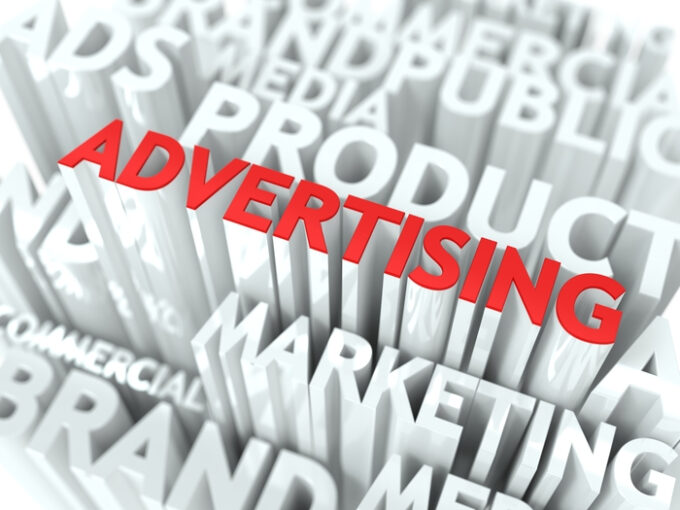Consumers are becoming increasingly harder to hook and persuade to buy. They’re searching for an emotional connection to make the commercials more engaging and give them a personality. In this post, we’ll show you how to use functional creativity to capture clients’ attention, develop their desire to buy, and, eventually, sell.
How did creativity appear?
In the past people used to simply buy items after seeing advertisements, it is getting increasingly harder to capture their attention and interest today. They examine product attributes and compare offers based on a thousand criteria in order to select the best.
People used to use the most common soap, for example. Then there was soap with extracts and fragrances, bits and flakes of flower petals, cream, oil, and all kinds of delicious fragrances. People, on the other hand, demanded more, better, and more fascinating. And marketers were stumped as they tried, again and again, to come up with something similar. Then came the spark of creativity.
Companies with a budget and far-sighted people in management figured out not only to sell but also to make customers want to buy their product or order a service themselves. They figured out how to artificially create demand. On the other hand, some services need only show a good quality of their services to make them in demand, such as the services of the Essaywriter.nyc company for students.
However, as time went on, even creativity grew plentiful: corporations began to compete in the complexity of subtexts and subtlety of references simply to sell the goods. Functional creativity arose as a breath of fresh air was required.
What is functional creativity?

Functional creativity is more than just a new idea or concept. It is a brand image, the primary emotion that influences and is instinctively understood by the audience. Functional creativity responds to consumer understanding, which includes the explanations for those wants, as well as people’s genuine motives and feelings.
It is only by addressing these core issues that you will be able to affect the audience’s behavior. Simply put, a person hasn’t even chosen what he needs to solve an issue, and functional creativity, among other things, already has it.
Consider the following example:
- Problem: “I have limp brittle hair”
- How traditional advertising solves this problem: “Do you want long beautiful hair? You need our shampoo right away.”
- How functional creativity solves this problem: “Download the app with recommendations, video tutorials on hair care. They will tell you how to choose vitamins, shampoo, and other products depending on your hair type.”
As a result, functional creativity appears less invasive and inspires good emotions and brand connotations. At the same time, it does not require you to analyze the meaning of the advertising message for an extended period of time; it is easily recalled and generates brand awareness and sales for the company.
Features of functional creativity

Functional creative, like any other commercial message, should be:
1. Honest
Today, the most important criterion for proper creativity is an honest assessment of a company’s, product’s, or service’s virtues and flaws, an honest appeal to an audience, and an honest assessment of society’s or government’s problems (this is the most subtle, but most highly valued).
2. Brief and concise

The main idea should be clearly expressed in the slogan. It should be straightforward and easy to understand. Who wants to read a piece from the “beautiful, high-quality, well-known, high-profile Italian delicacies that will grace your kitchen” series? This is a list of features that no one is interested in. There is nothing new here.
3. Fresh and new
Functional creativity is by no means an upgrade to a feature that worked well in the past. More often than not, reworking even a good idea destroys past achievements.
4. How functional creative works in advertising

Functional problem-solving creativity is not just for the masses. It contributes to the awareness of global issues such as environmental protection. On a busy highway in Lima, the Peruvian gas company Calida installed an intriguing billboard: a gadget built into it collected carbon dioxide and converted it into ink, which was projected on a flawlessly clean, white cloth.
The words “I can’t breathe easy” were clearly visible on the billboard two weeks later. This was the company’s technique of persuading residents to switch from harmful gasoline to environmentally friendly gas.
Maybelline, a well-known decorative cosmetics business, had an incredible advertising campaign. The advertising campaign was targeted at women under the age of 35 and addressed common issues such as how to learn how to rapidly apply makeup for work and achieve a famous look without seeking assistance from a celebrity stylist.
Maybelline created a series of short videos, employed video advertising, targeted social media advertising with a focus on females under 35 years old, and invited famous Russian celebrities to work with them.
The flawless hit of practical creativity handles the audience’s concerns honestly and quickly. The advertising campaign’s success may be seen in the fact that it has been turned into a television show that has been running for several seasons.
Many marketers believe that functional creativity is the consequence of dumb luck: dropping the correct hint at the right time to the appropriate audience. Not in the least. On the surface, the concept of functional creativity exists; it’s only that no one has looked in this direction before. Consider how you may answer your audience’s needs without explicitly marketing your products or services by first understanding their concerns.
Any brand may use functional creativity to get closer to its target audience and expand its reach. It’s time to focus on solving problems rather than chasing sales; whoever wins hearts wins the market.










